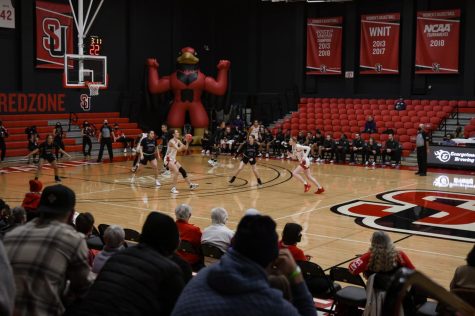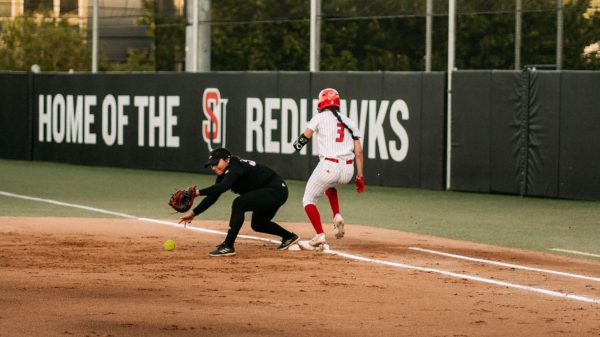Their Two Cents: Athletes Weigh in on the Quarter System
Quarters versus semesters. While many may argue the merits of beginning summer vacation in May over getting to stay home until September ends, student-athletes offer a unique perspective to this seemingly unrelated topic.
Olivia Ovenell, a senior on Seattle University’s Women’s Soccer team, transferred from the University of San Diego—a semester school—after her first year. Having experienced both systems personally, Ovenell reflected on the differences between the two.
“We would end school in May and then we would report back early or mid July and do a lot of captain’s practices,” Ovenell said. “For semester schools, there’s a few more perks as a student. Your courses are longer and you have more tests, so grade wise if you do poorly or miss something important…there’s kind of more buffer room than there is on a quarter system where your grade is so heavily weighted on the mid-term and the final.”
Ovenell continued by explaining how the quarter system can help alleviate stress during the season.
“Being on quarters is definitely nice since we are basically done with half our season [by the time classes begin]. It’s also nice only having to manage three classes, versus semesters where you have five classes.”
Isabelle Butterfield, a redshirt-senior who is majoring in computer science and mathematics and is a teammate of Ovenell, added her own insight in favor of the quarter system.
“I think it’s also kind of an advantage that we are in school until mid-June because we have to stay fit that whole time anyways since we report at the beginning of August—we have to be in our peak fitness,” Butterfield said. “It’s nice to be able to spend that full month training as a team and only having about a month that you have to maintain and build by yourself because it’s a lot nicer to train with teammates.”
The quarter system generally allows student-athletes to ease into a more manageable school workload on top of their vigorous athletic schedules. However, due to the shorter time period, this can cause tricky situations for student-athletes who are forced to miss classes due to away competitions.
Women’s head soccer coach Julie Woodward—who is currently in her 21st year coaching women’s soccer—expressed her thoughts on the benefits of the quarter system, particularly on first year student-athletes.
“There definitely are some good pieces to it [quarter system] where I think it makes the transition for incoming freshman much easier because they are familiar with the campus and they get to meet a bunch of the other student-athletes and they are in a rhythm for a month and a half before school starts,” Woodward said.
“We also play half of our schedule before school starts, so the travelling doesn’t impact them as much. So those are some bonuses for it,” Woodward continued, echoing Ovenell’s sentiment.
It seems that both coach and student-athlete agree that having half of the season finished before school starts can reduce stress levels significantly.
Woodward has taken note of the change that occurs once schools starts for her student-athletes.
“I definitely notice a difference as a coach once school starts because they are adding something more to their plate versus having them do more for awhile. I think the week where school resumes can be tough on them as a student and an athlete because you’re trying to juggle a lot more.”
Woodward spoke to whether she notices a difference when playing opponents from universities with semesters rather than quarters.
“I don’t really notice a difference playing a school like Grand Canyon, it’s probably something most of their upperclassmen are used to. I would say their break ends up being a lot longer as they get out earlier in the year soccer and school wise.”
There are pros and cons of the different academic schedules for student-athletes and to some degree it just comes down to each student-athletes personal preference. However, regardless of which system a school is on, over time athletes are able to acclimate to these schedules.
Due to the way the quarter system condenses classes into much smaller time frames, missing even a single class can have a far greater impact on a student-athlete. When it comes to semester schools, this can also have a impact on their student-athletes as they try to find a balance to try and juggle five classes on top of their sport.
Caylah may be reached at
[email protected]







![Josh Gibson Supplants Ty Cobb, Babe Ruth, as Baseball’s Best Hitter [OPINION]](https://seattlespectator.com/wp-content/uploads/2024/05/gettyimages-72075891-600x338.jpg)



